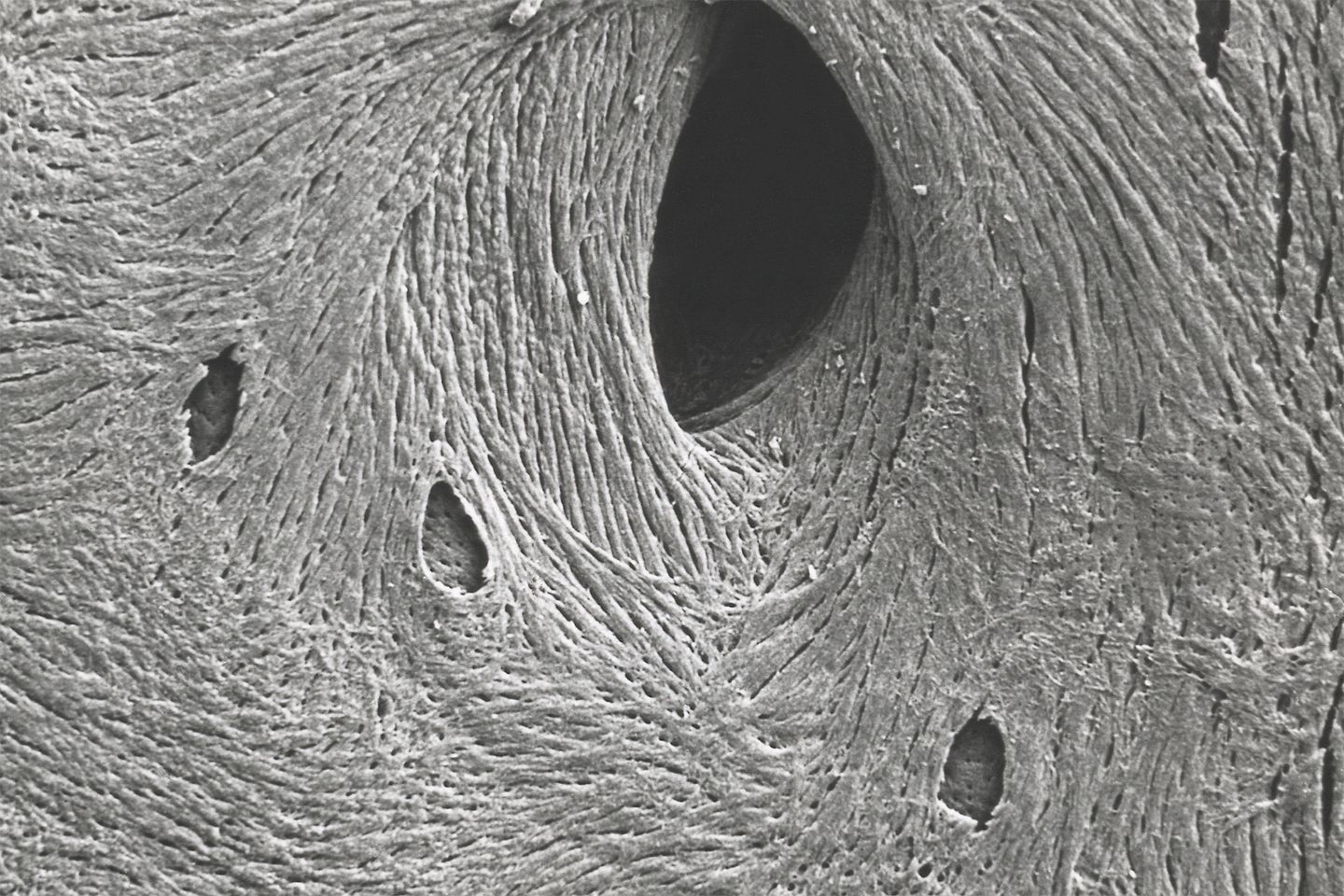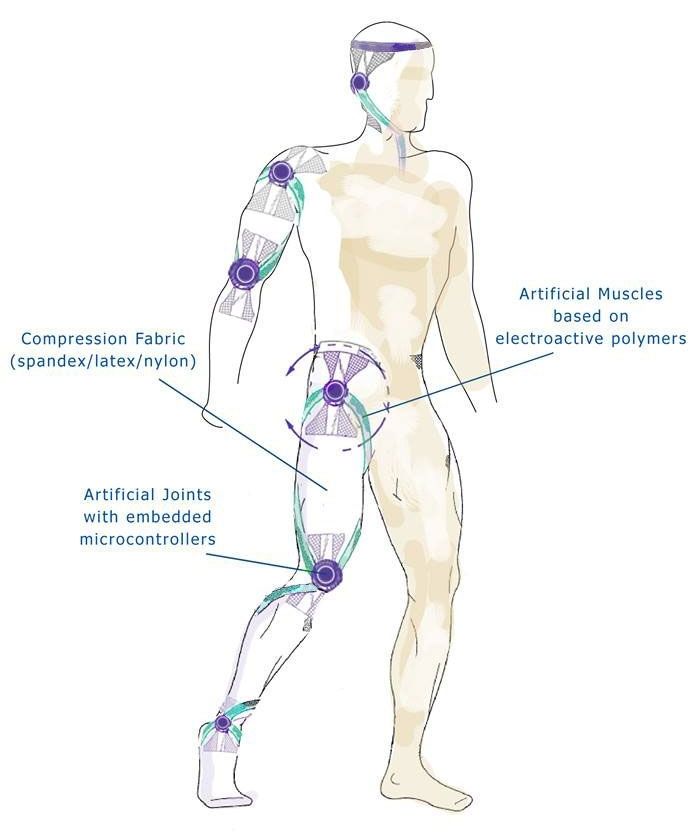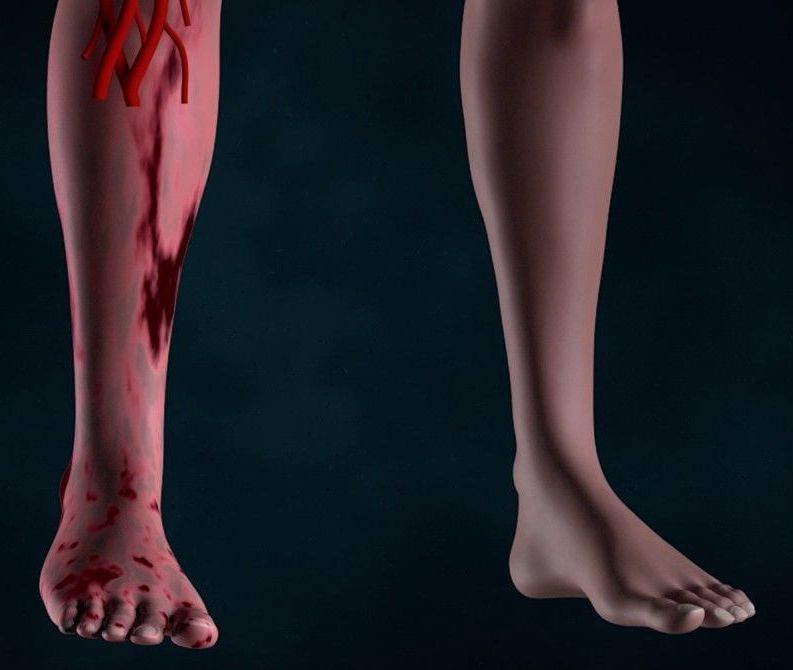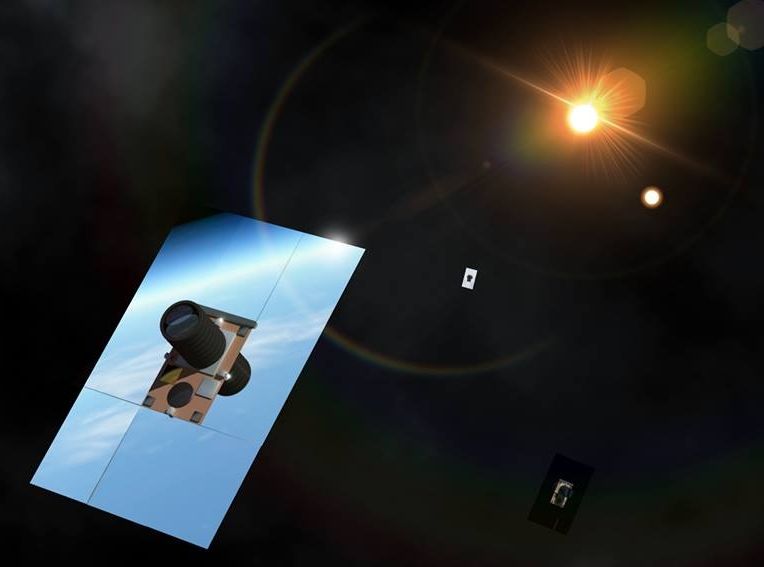Cool Wearable! Actually does something useful & could help reduce energy waste.
Sitting in a stifling subway car or walking Boston’s cold winter streets may soon become more bearable, thanks to a “personal thermostat” wristband being released by MIT spinout Embr Labs.
For a design competition in 2013, four MIT engineering students created a smart wristband, called Wristify, that makes its wearer feel warmer or cooler through its contact with the skin on the wrist. After much fanfare, and a lot of research and development, the wristband will hit the shelves early next year.
The wristband, now called Embr Wave, has a flat aluminum top that includes a colored display users adjust from blue to red, to provide cooling or warming, respectively. The device works because the wrist is one of the most thermally sensitive parts of body. It’s also an area where people are most comfortable putting new wearable technologies.









